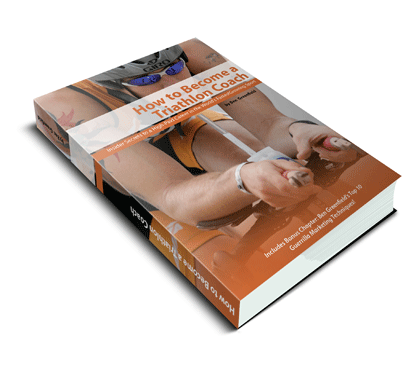You can literally take each manageable section of this ten week series on nutrition, and turn it into a ten week nutrition mini-class for your fitness business. This will give you a value-added service that you can feature in your marketing, and give your clients both a physical and mental benefit during your classes. I’ll write each article in a manner that allows you to easily a) break information into small chunks so you don’t have to be reading this article off a piece of paper and b) easily explain it to your clients, most of which will not have backgrounds in nutrition science and physiology.
Everybody knows that nutrition is important. Whether a client’s goal is fat-burning or human performance, if the proper fuel isn’t there, the goal won’t be achieved.
The problem is that it can be too easy to feed your clients through the firehose on Day 1, scaring them away with big words like “glycemic index” and “periodization”. Instead, why not include a series of mini-lectures in your interactions with your clients or groups, during which you teach them with a brief 5-10 minute anecdote during warm-up or cool-down?
Without further ado, let’s hop into Part I of Teaching Your Personal Training Clients About Nutrition: Carbohydrates.
When discussing carbohydrates, the following is the one single important aspect of human body science that your clients need to understand if they want their bodies to feel better, perform better and look better.
Insulin is a hormone secreted by an organ called the pancreas. Its role is to take blood sugar and get that sugar into muscles, to be utilized for energy. Unfortunately, if insulin levels are always high, then the sensitive insulin receptors body’s cells eventually become unresponsive to insulin, resulting in a host of problems related to what is called “insulin insensitivity”. These problems can include weight gain, fatigue, appetite cravings, and even cardiovascular disease and diabetes.
If you want to control your insulin levels, there are two very important things you can instantly do…
1) Don’t Go Hungry. If you’re going more than 4 hours between meals, it’s likely that your blood sugar levels are dropping very low. When this happens, and you eventually do eat, blood sugar levels rise more rapidly than usual, resulting in a big surge in insulin levels. Rather than waiting to eat until you’re about to gnaw off your arm, give yourself a rule of snacking or eating at least every 3 hours. By planning, preparing, packaging and pre-cooking, you’ll ensure that you have adequate snacks on hand to make this happen.
2) Choose Carbs Wisely. The more quickly a sugar is released into the bloodstream, the faster your insulin levels are going to rise. Some carbs are “quick-release” carbs and include more sport drinks, candy, cookies and sweet tasting compounds. Other carbs, are “slow-release” carbs, and the best ones are lean dairy foods, vegetable carbs like carrots and squash, nuts and seeds, pears, berries and green apples. Choose the quick-release carbs only before, during and after exercise, and use the slow-release carbs the rest of the day.
With these two simple rules, you can suddenly have enormous control over your insulin levels, your health, your performance and your body – and your clients can easily understand this explanation. Start today!
Do you have questions about this topic, or your own tips to add? Leave them below!




